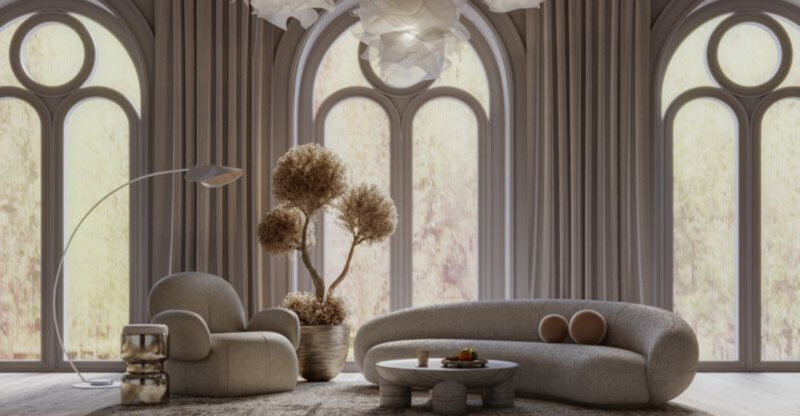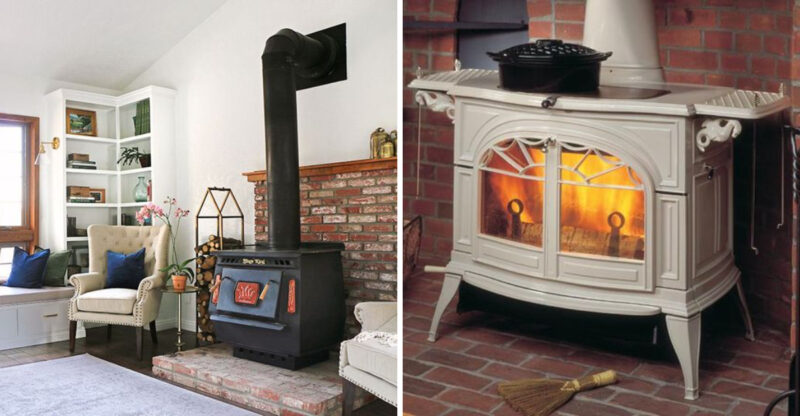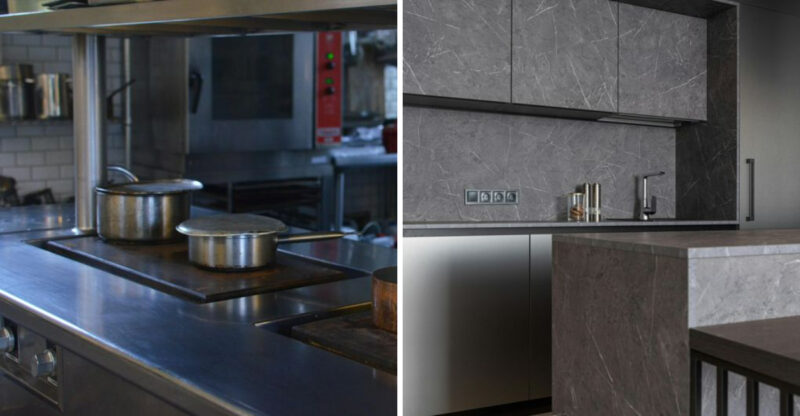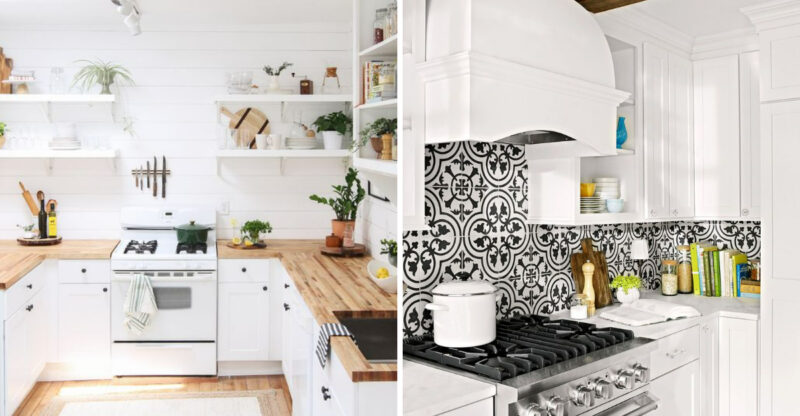6 Kitchen Colors Losing Popularity In Lebanon And 6 That Still Feel Fresh

Kitchen colors in Lebanon have always reflected cultural trends, family traditions, and global design influences. As Lebanese homeowners renovate their kitchens, certain color palettes are fading away while others continue to dominate the scene.
Whether you’re planning a kitchen makeover or simply curious about current design trends, understanding which colors are on their way out and which remain timeless can help you create a space that feels both modern and authentically Lebanese.
1. Fading Away: Mustard Yellow
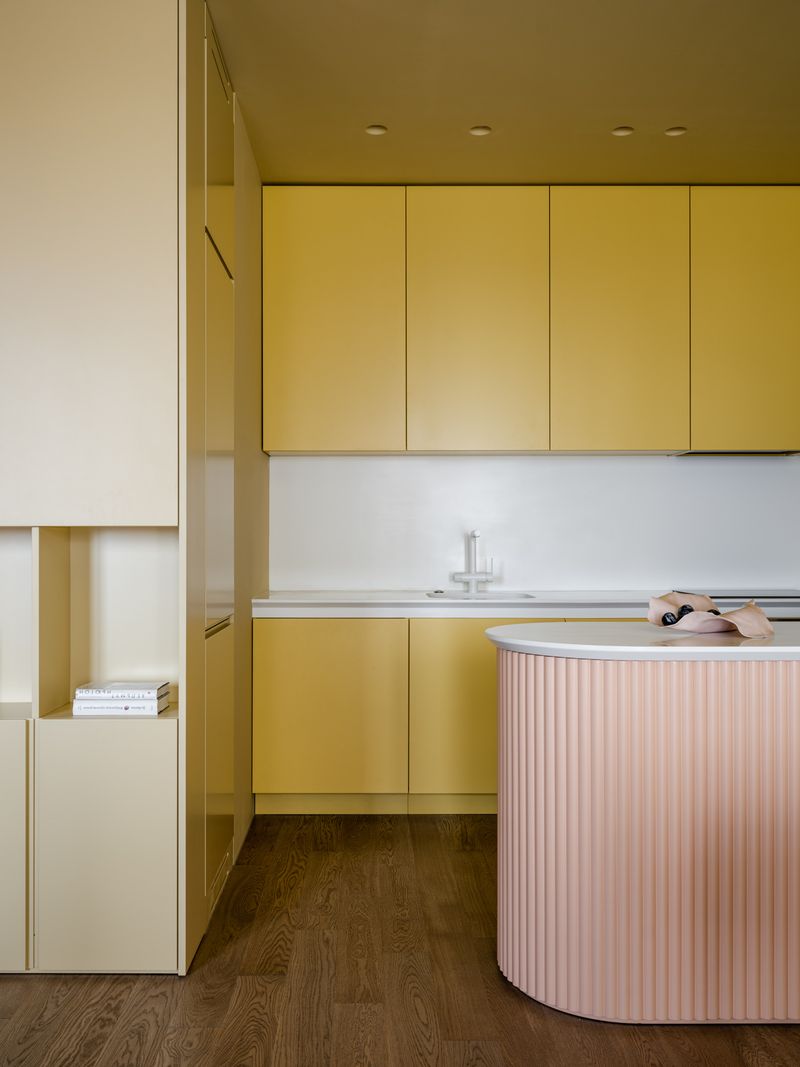
Once a staple in traditional Lebanese kitchens, mustard yellow is rapidly disappearing from modern homes. The color that once symbolized warmth and hospitality now feels dated and overwhelming in contemporary spaces.
Many homeowners are replacing these golden tones with more subdued alternatives. The heavy, saturated shade can make smaller kitchens feel cramped and tends to show stains more visibly than lighter colors.
Lebanese interior designers report fewer requests for this formerly popular hue, especially in urban apartments where maximizing light and space has become paramount.
2. Fading Away: Cherry Wood Red
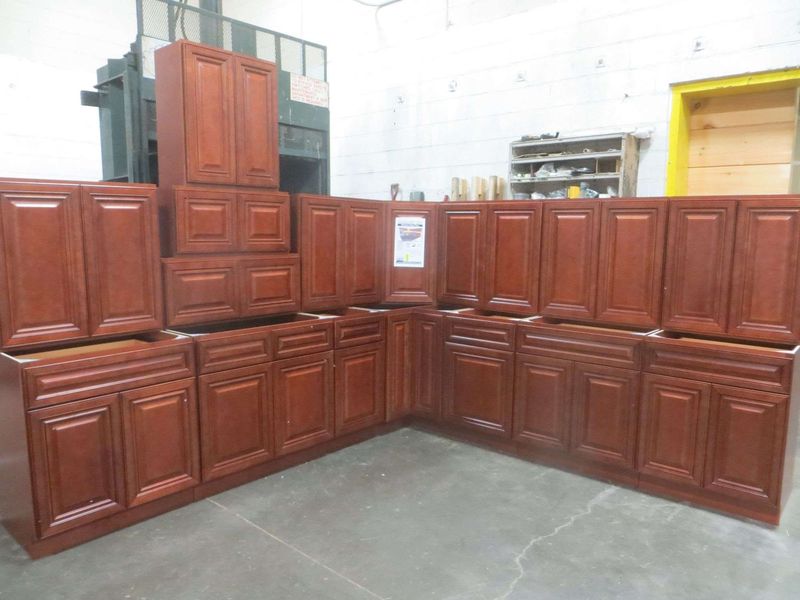
The rich cherry wood tones that dominated Lebanese kitchens in the early 2000s are quickly becoming relics of the past. These deep reddish-brown cabinets that once signified luxury now appear heavy and overwhelming.
Families renovating older homes often cite these dark red tones as their first removal priority. The color tends to absorb light rather than reflect it, creating a visually smaller cooking space in Lebanon’s often compact urban apartments.
Local carpenters report fewer requests for this finish, with many clients asking to refinish existing cherry cabinets in more contemporary colors.
3. Fading Away: Terracotta Orange
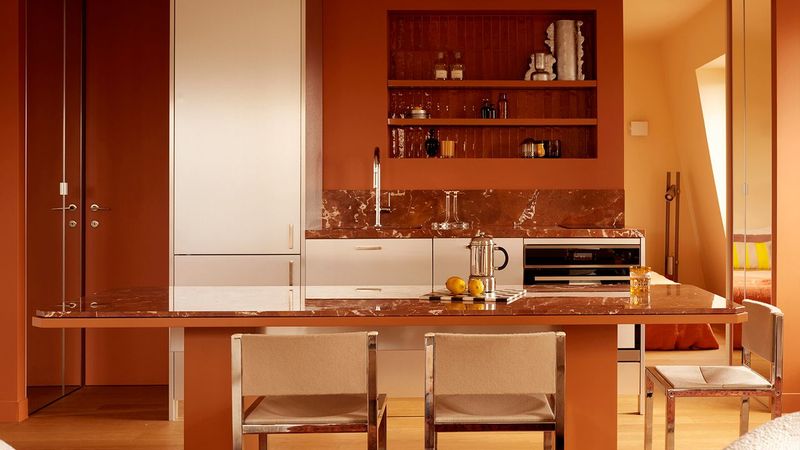
Terracotta orange, reminiscent of traditional Lebanese pottery, is steadily disappearing from modern kitchens across the country. This earthy tone that once connected kitchens to Lebanon’s cultural heritage now feels too rustic for contemporary homes.
Beirut designers note that clients increasingly reject these orange-brown tones in favor of cleaner, more neutral palettes. The color can make food preparation spaces feel smaller and darker, particularly in apartments with limited natural light.
Even in mountain homes where rustic styles remain popular, terracotta is being replaced by more sophisticated color choices that better complement modern appliances.
4. Fading Away: Avocado Green
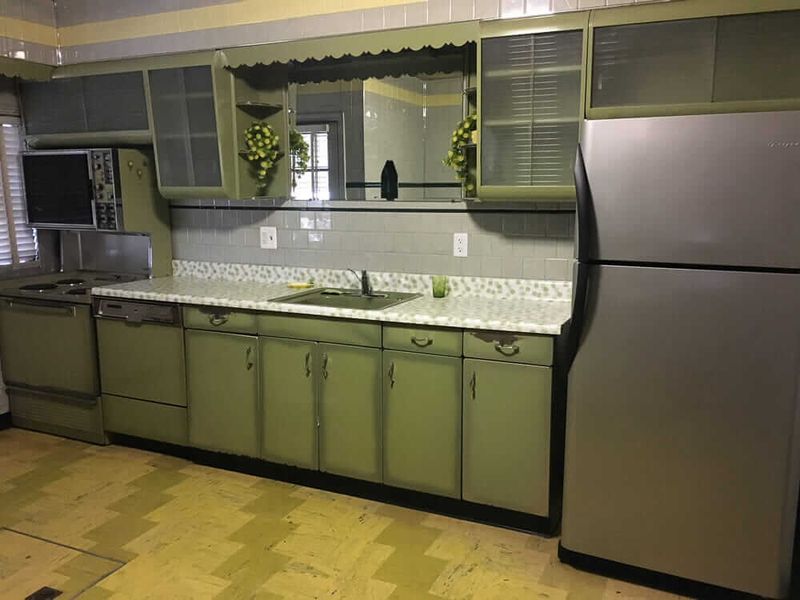
Avocado green, a throwback to 1970s design that experienced a brief revival in Lebanon during the early 2010s, is rapidly vanishing from kitchens nationwide. This particular shade now evokes feelings of outdated design rather than the freshness it once represented.
Young homeowners in Beirut especially avoid this color when renovating older family properties. Kitchen appliance retailers report that avocado-colored products now sit longest on showroom floors, often requiring steep discounts to sell.
Lebanese design magazines have officially declared this shade passé, recommending replacements for those still living with these retro green kitchens.
5. Fading Away: Bright Primary Blue
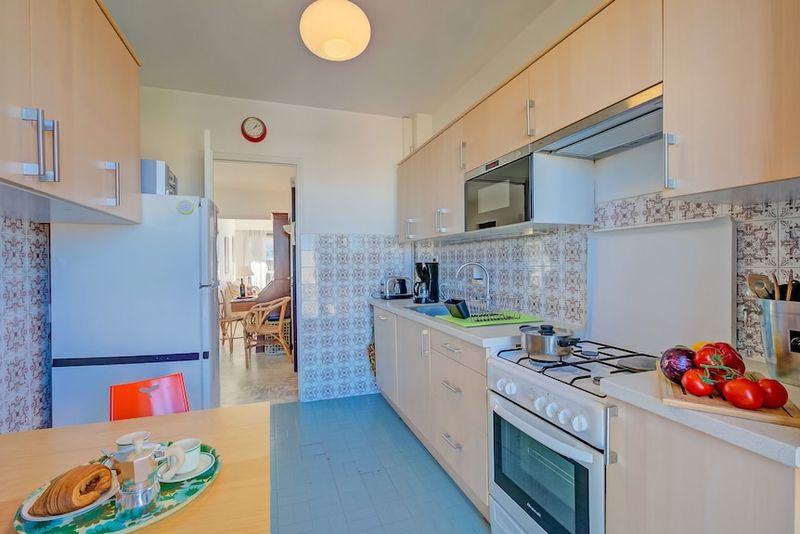
The vivid cobalt blue that once adorned many Lebanese kitchens as a nod to Mediterranean influences is rapidly losing favor. Families are moving away from this intense color that can feel visually overwhelming and difficult to coordinate with other elements.
Coastal homes in Jounieh and Byblos, where blue kitchens were particularly common, are now embracing subtler approaches to sea-inspired design. The maintenance issues with bright blue surfaces have contributed to its decline – showing watermarks and requiring frequent cleaning.
Lebanese cabinet makers report that requests for blue kitchens have dropped by over 60% in the past five years.
6. Fading Away: Burgundy Red

Burgundy red kitchens, once considered elegant and sophisticated in upscale Lebanese homes, are quickly becoming outdated. This deep wine-colored tone that was popular in the 1990s and early 2000s now feels heavy and oppressive in modern cooking spaces.
Beirut’s luxury apartment renovations almost always include removing these dark red elements. The color tends to make food preparation areas feel smaller and more closed-in, contrasting with the current preference for airy, open kitchens.
Interior designers note that even accent walls in this shade are being painted over in favor of lighter, more versatile colors that better showcase Lebanon’s brilliant natural light.
7. Still Fresh: Olive Green
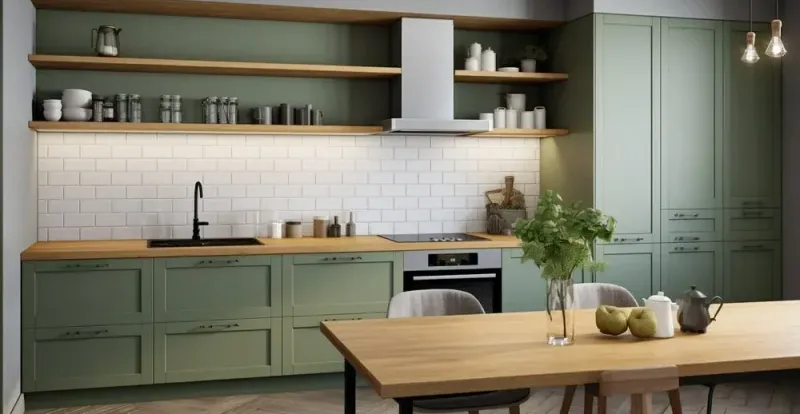
Olive green continues to captivate Lebanese homeowners with its connection to the country’s beloved olive groves and agricultural heritage. This versatile shade strikes the perfect balance between nature-inspired design and contemporary elegance.
Families particularly appreciate how this color withstands the test of time while still feeling current. The muted tone complements both traditional Lebanese stone houses in mountain villages and sleek modern apartments in Beirut’s urban centers.
Local designers often pair olive green cabinetry with natural wood accents and brass fixtures to create kitchens that feel authentically Lebanese yet thoroughly modern.
8. Still Fresh: Creamy Off-White
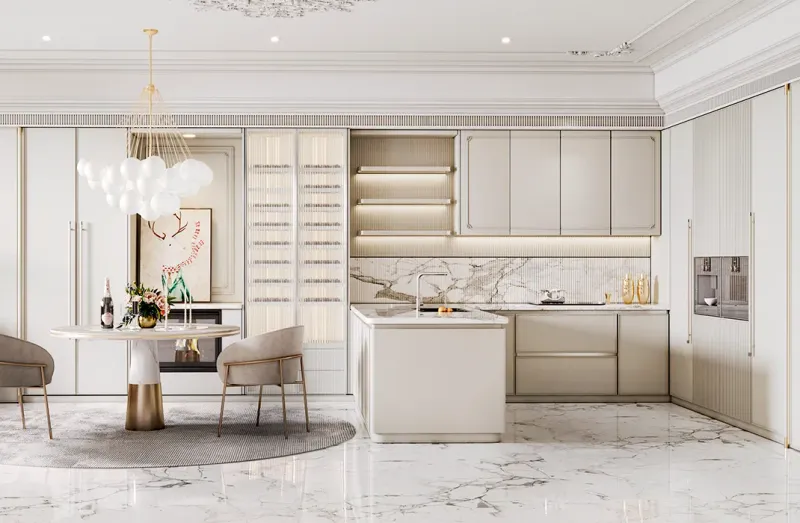
Creamy off-white remains a perennial favorite in Lebanese kitchens, offering timeless appeal while maximizing the brilliant Mediterranean light. This warm neutral creates an inviting atmosphere that complements Lebanon’s tradition of generous hospitality and family gatherings.
Homeowners in Beirut’s historic districts particularly favor this shade for preserving architectural character while updating functionality. The versatile backdrop allows colorful Lebanese serving dishes and food to take center stage during meals.
Unlike stark whites that can feel clinical, these creamy tones create a soft glow that enhances both morning coffee rituals and elaborate evening dinner preparations.
9. Still Fresh: Sage Green
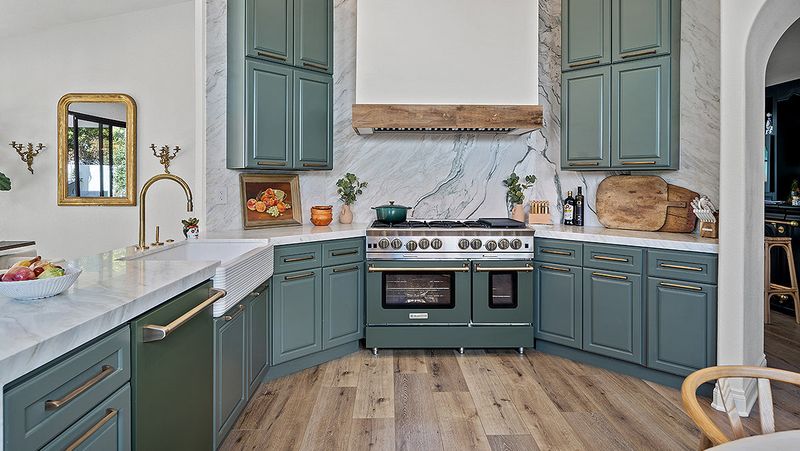
Sage green has emerged as a Lebanese kitchen favorite, evoking the country’s mountain herbs and coastal vegetation. This soothing color creates a sense of calm in busy family kitchens while maintaining a contemporary feel.
Beirut apartments and mountain homes alike embrace this versatile shade that pairs beautifully with both modern and traditional elements. The color’s natural undertones complement Lebanon’s locally-sourced stone countertops and traditional ceramic tiles.
Kitchen designers note that sage green cabinets maintain their appeal through changing trends, making them a smart investment for homeowners looking for longevity in their design choices.
10. Still Fresh: Warm Terracotta
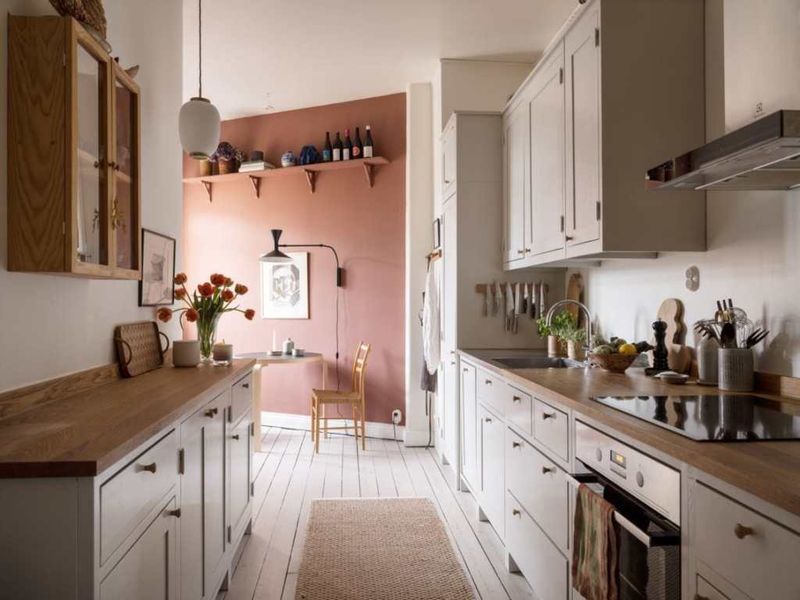
While bright orange terracotta is fading, its warmer, more subdued cousin continues to thrive in Lebanese kitchens, especially as accent walls and backsplashes. This earthy tone creates a connection to Lebanon’s rich pottery heritage while feeling thoroughly contemporary.
Families in Lebanon’s rural regions particularly appreciate how this color brings warmth to spaces without overwhelming them. The reddish-brown hue pairs beautifully with the natural stone and wood elements common in traditional Lebanese architecture.
Designers often incorporate warm terracotta through tiles or accent pieces rather than all-over color, creating visual interest without dominating the space.
11. Still Fresh: Matte Black
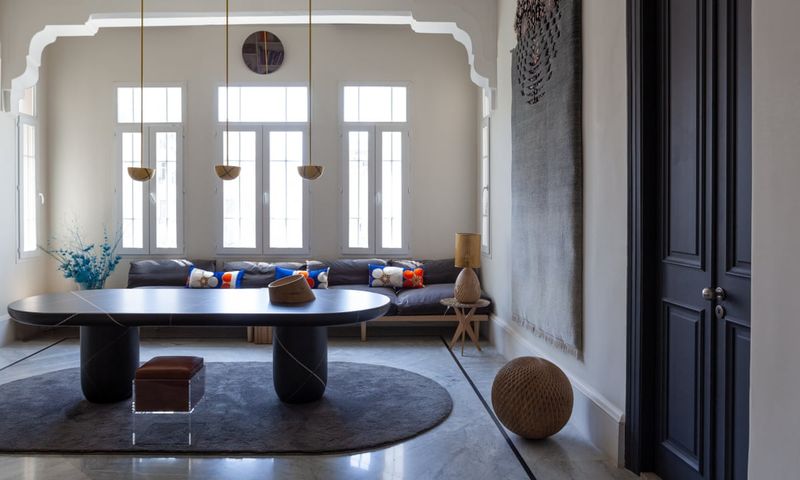
Matte black has secured its place in contemporary Lebanese kitchens, offering dramatic contrast and sophisticated edge. Far from being just a passing trend, this bold choice has proven its staying power in both urban and coastal Lebanese homes.
Young professionals in Beirut particularly embrace this color for its ability to hide cooking splatters while creating a striking backdrop for Lebanon’s colorful cuisine. The non-reflective finish prevents the harsh glare common in Lebanon’s bright natural light.
Designers often recommend black for hardware and accent pieces in smaller kitchens, while larger spaces can accommodate full black cabinetry for maximum impact.
12. Still Fresh: Mediterranean Blue
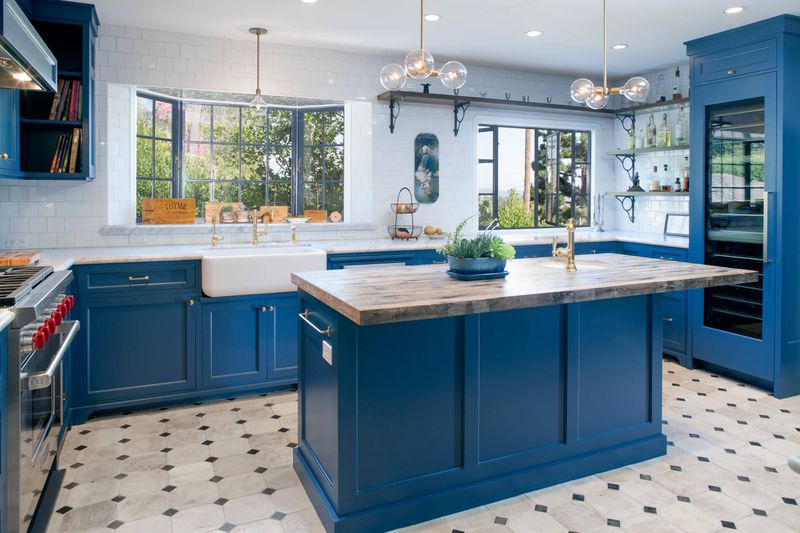
While bright primary blue is fading, softer Mediterranean blue tones continue to captivate Lebanese homeowners, especially in coastal regions. This gentle shade evokes Lebanon’s stunning shoreline while creating a serene cooking environment.
Families in Jounieh, Batroun, and other seaside towns particularly appreciate this connection to their maritime heritage. Unlike its bolder predecessor, this subdued blue serves as a versatile neutral that pairs beautifully with the whites and creams of traditional Lebanese architecture.
Kitchen designers often incorporate this color through islands or lower cabinets, balancing it with lighter elements to maintain an airy, open feeling.

